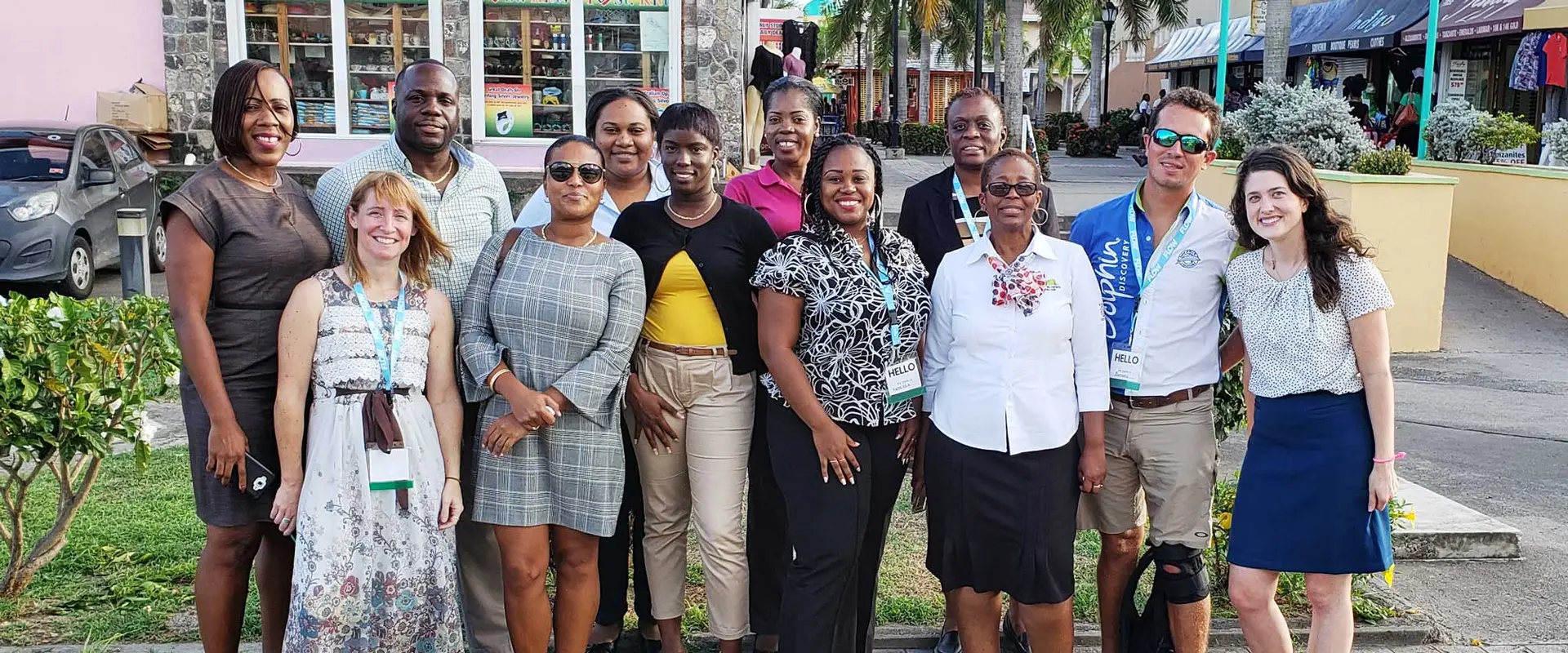
Facilitating a Train the Trainer Workshop focused on sustainable tourism Tourism destinations such as the Caribbean island of St. Kitts are only as strong as the people and businesses who make them up. From tour guides to hotel housekeeping staff, the local workforce are the building blocks of St. Kitts’...
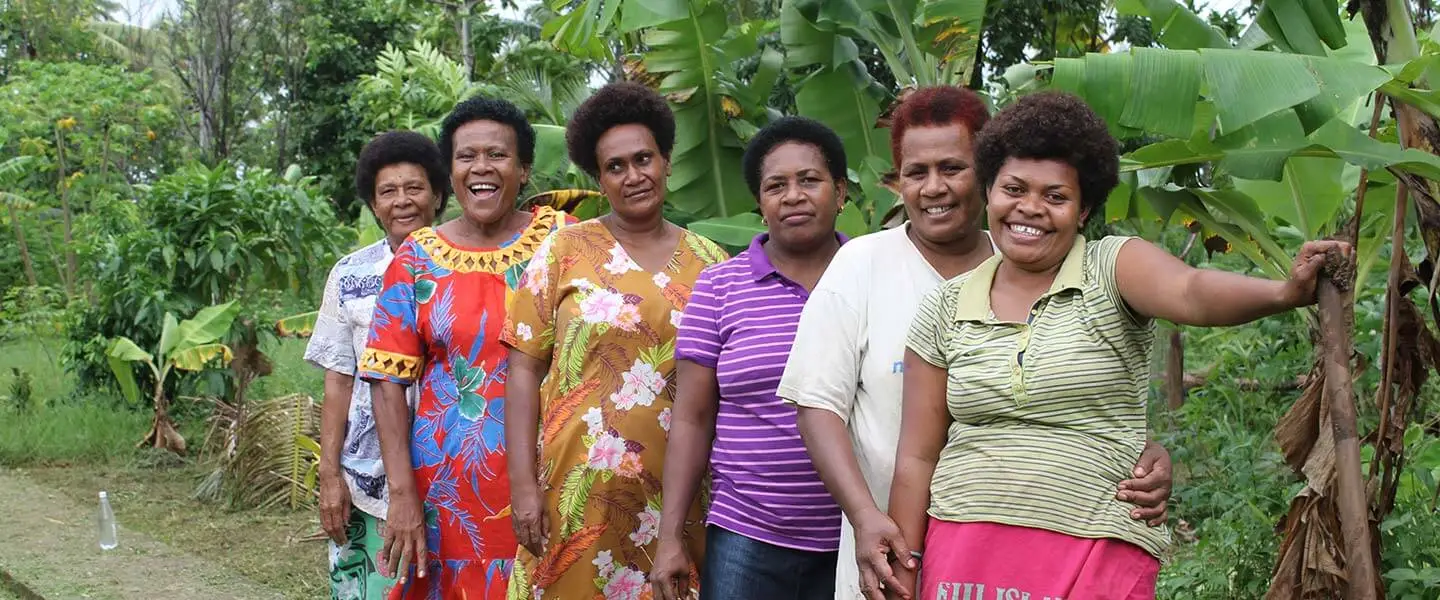
The islands of the Pacific are a popular destination for many travelers looking to trade in city life for secluded beaches, cultural authenticity and stunning natural environments. While the small size and remoteness of these destinations makes for ideal getaways, these characteristics also bring along many challenges. Visitors often put...
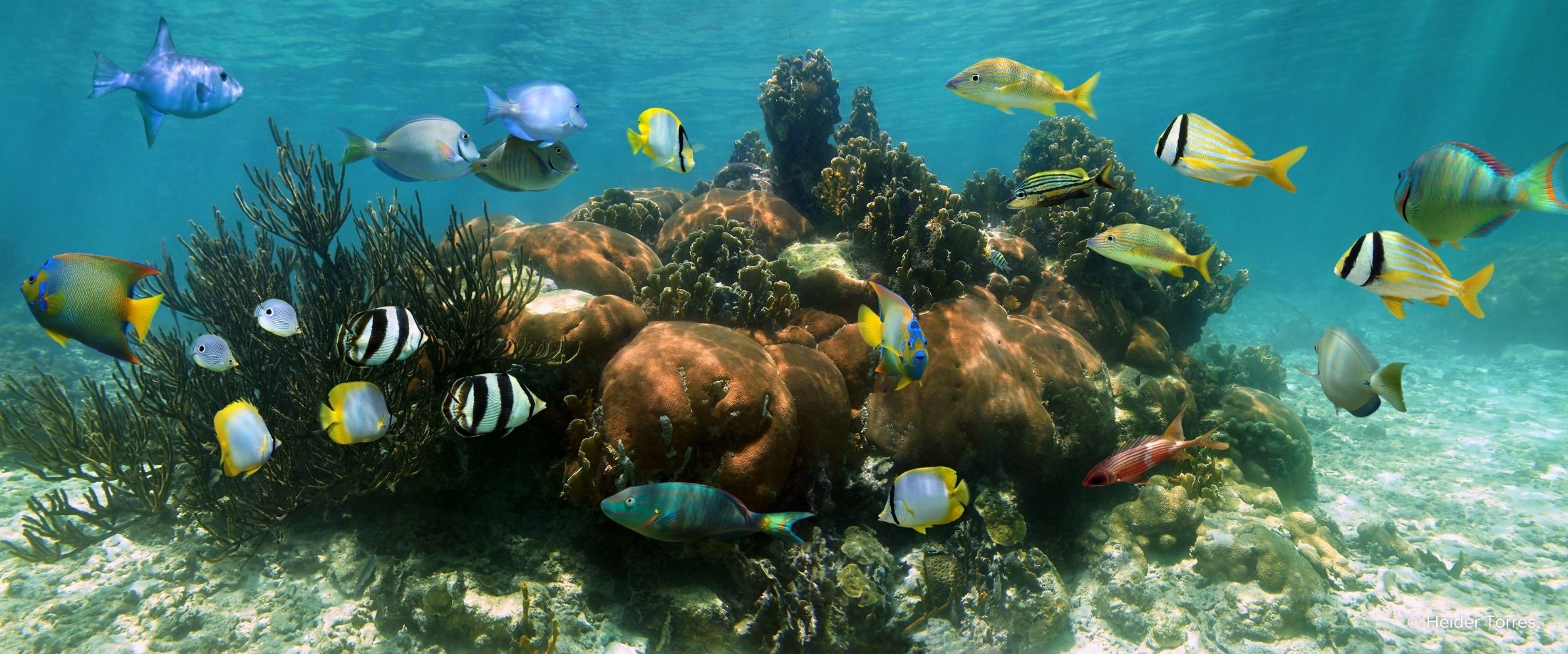
The Mesoamerican Reef Tourism Initiative (MARTI) worked in destinations bordering the world’s second-largest reef system to maintain a vibrant tourism industry that supports local communities and contributes to a healthy ecosystem. Stretching for 600 miles (965 kilometers) along the coast of Mexico, Belize, Guatemala, and Honduras, the Mesoamerican Reef is...
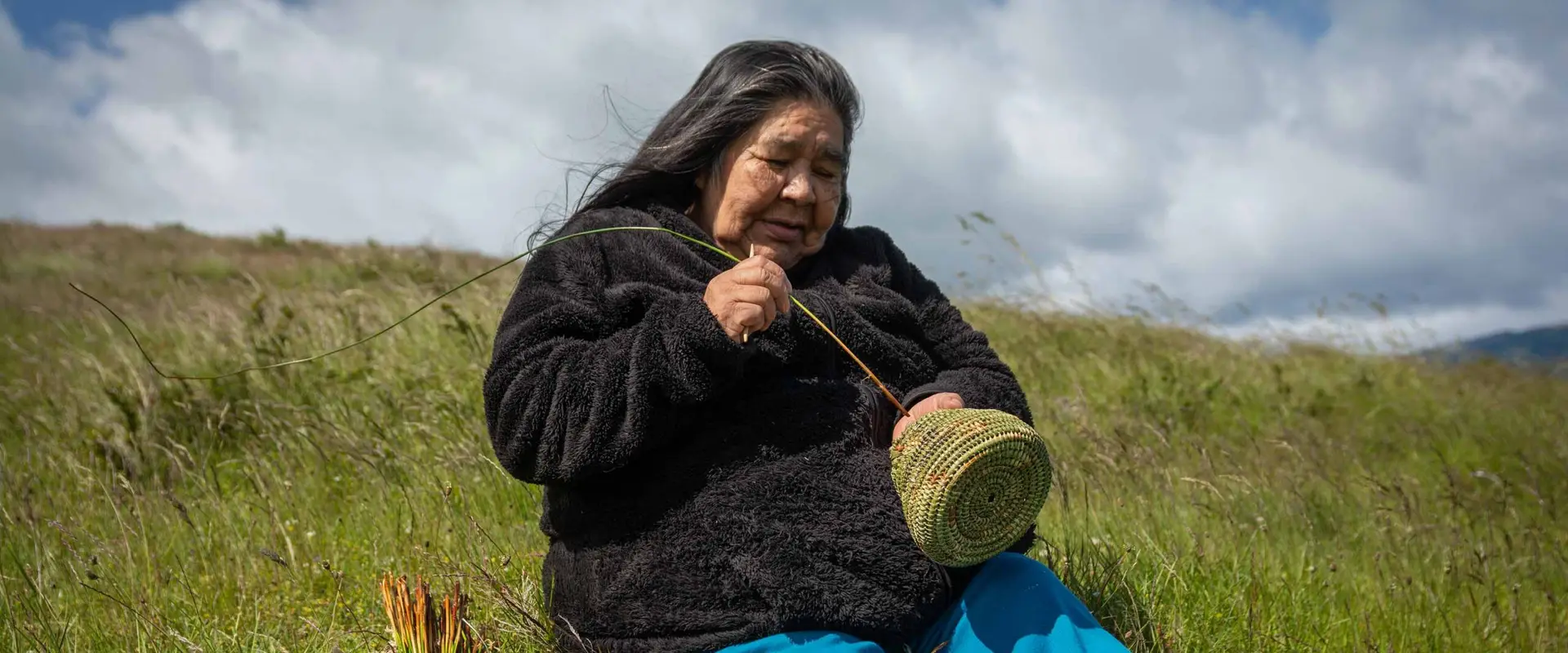
Community-run tourism to celebrate the forgotten heritage of Patagonia’s indigenous people While best known for its iconic glaciers and peaks, Torres del Paine and its gateway community of Puerto Natales also possess a rich cultural heritage. Much of this heritage is rooted in the history and traditions of the region’s...
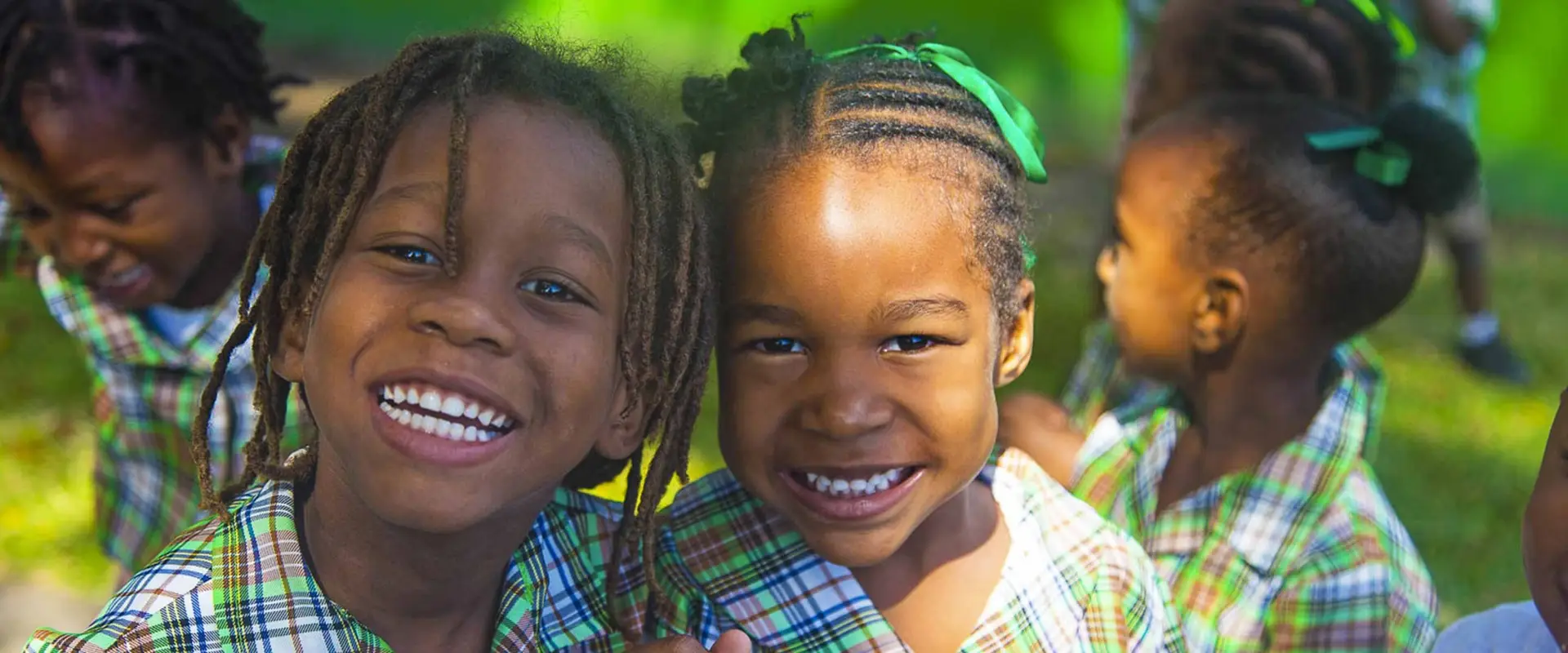
Implementing an island-wide resident survey to gauge community perceptions of tourism Employing 1 in 10 people globally, tourism has the potential to benefit a large number of people. By creating jobs, driving infrastructure improvements, and promoting inclusive growth, tourism is a powerful tool to fight poverty and foster community development....
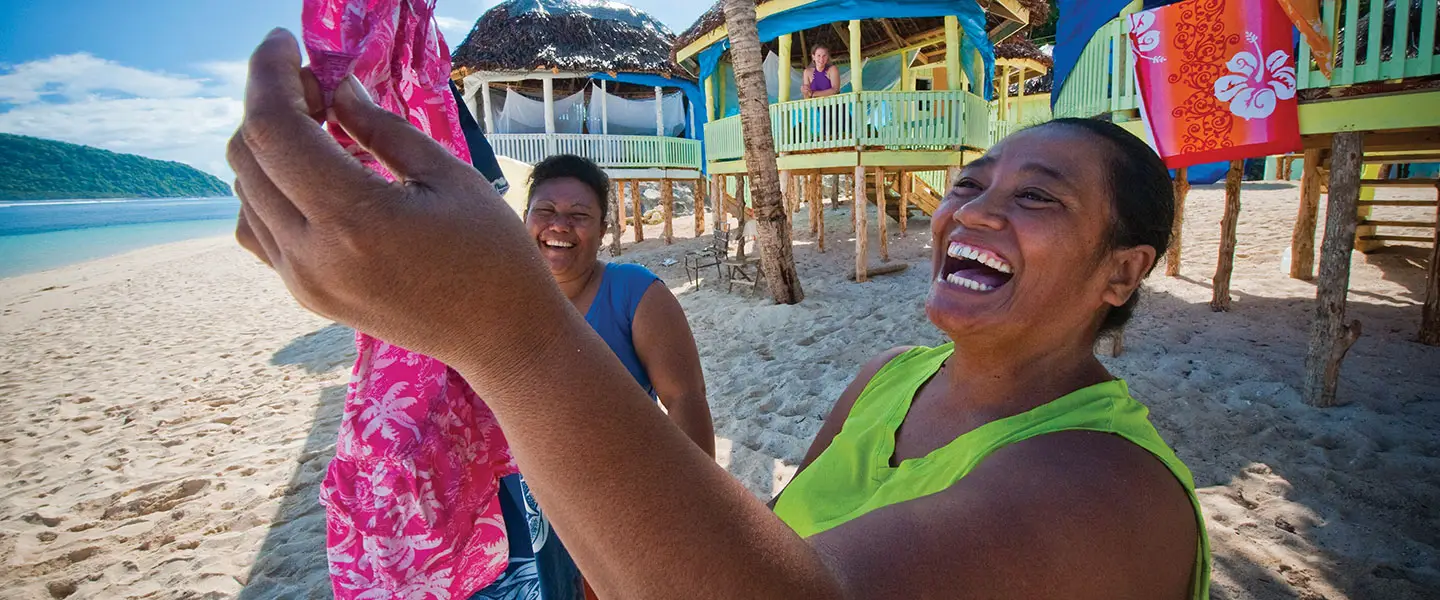
Encouraging sustainable business practices in Samoa’s tourism industry and enhancing support of local initiatives. Located in the Pacific, Samoa is comprised of ten islands, the largest and most known being ‘Upolu and Savai’i. Each island features distinct landscapes from tropical rainforests and volcanic landscapes to crystal clear lagoons and sandy...